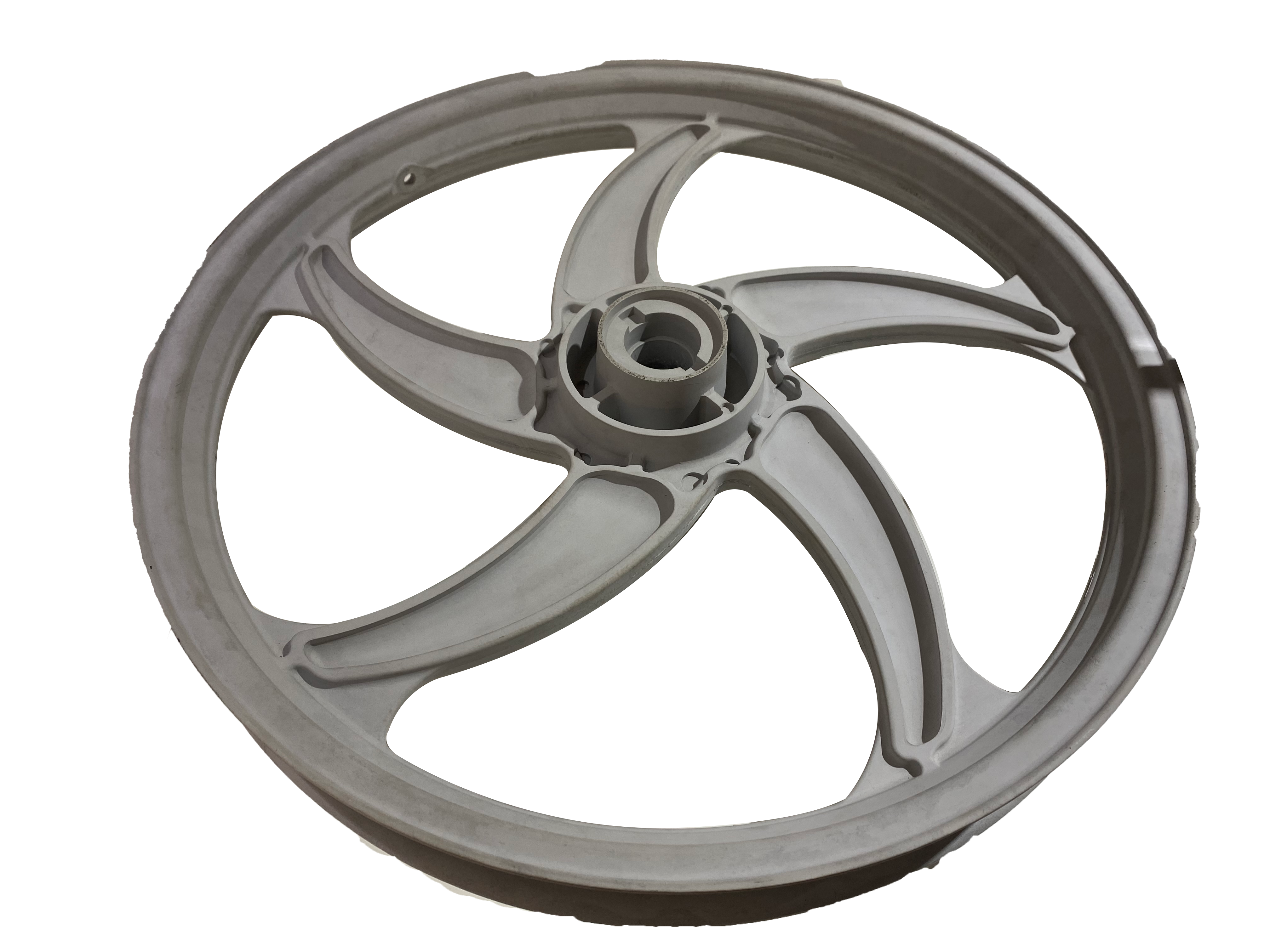Электрондук почта форматында ката
emailCannotEmpty
emailDoesExist
pwdLetterLimtTip
inconsistentPwd
pwdLetterLimtTip
inconsistentPwd

Жаңылыктар
What Factors Should Be Considered When Purchasing Precision Casting Molds
Casting mold refers to that in order to obtain the structural shape of the part, other easy-to-form materials are used to make the structural shape of the part in advance, and then the mold is placed in the sand mold, so a cavity with the same size as the part structure is formed in the sand mold. Then pour a fluid liquid into the cavity, and after the liquid cools and solidifies, a part with exactly the same shape and structure as the mold can be formed. The casting mold is an important part of the casting process.

Features of precision casting molds
We usually call it a mold, which is a component with certain shape and size requirements produced by injecting the heated material into the mold and cooling it. There are two kinds of molds, single-hole and multi-hole molds, and their placement is different. In order to improve the production efficiency of the kneading machine, it is designed to avoid the situation that the kneading ratio is too large and the kneading force is too high or cannot be squeezed.
What factors should be considered when purchasing precision casting molds
If the ingot is too short and the yield is too low, it needs to be arranged reasonably. Let's take a look at the reasonable placement of single-hole mold VS multi-hole mold. Surface dry-type precision casting mold casting is a process developed on the basis of wet-type casting. It is formed by drying the sand mold naturally, brushing paint and drying the surface to a depth of more than ten millimeters.
Compared with the wet type, the outer surface has high strength and low humidity. Therefore, castings with high pouring quality are not prone to blow holes, sand sticking and sand washing. Compared with the dry type, it can save the oven process, save fuel and electricity, shorten the production cycle and improve the working conditions. The main characteristics of the surface dry type precision casting mold sand are the selection of coarse sand, activated bentonite and the addition of sawdust, and the use of coatings.
The surface dry type is mainly used for casting medium-sized precision casting mold castings, and the larger ones weigh more than ten tons. In the molding process of the precision casting mold, there is another process of drawing and forming. At this time, the precision casting mold processing process tests the two ends of the raw material, and then can obtain the required size of the precision casting mold blank.
There are also many categories of precision casting mold drawing processes here, such as pipe drawing and wire drawing. However, the drawing process of precision casting molds has an obvious feature that its precision can be very good, but the surface roughness of precision casting molds is also very serious, and generally requires secondary processing and finishing.
According to the actual needs of customers, we can classify precision casting molds into many categories, including ordinary die forging and kneading processes. Take the kneading process of our precision casting molds as an example, there are also many categories, such as square kneading, reverse kneading, compound kneading and radial kneading, etc., but according to the temperature of our precision casting mold blanks, we still It can be divided into hot kneading, cold kneading and warm kneading.
Conclusion
For more information about lost wax casting investment powder,wax casting metal,lost wax casting with stones, we are glad to answer for you.

